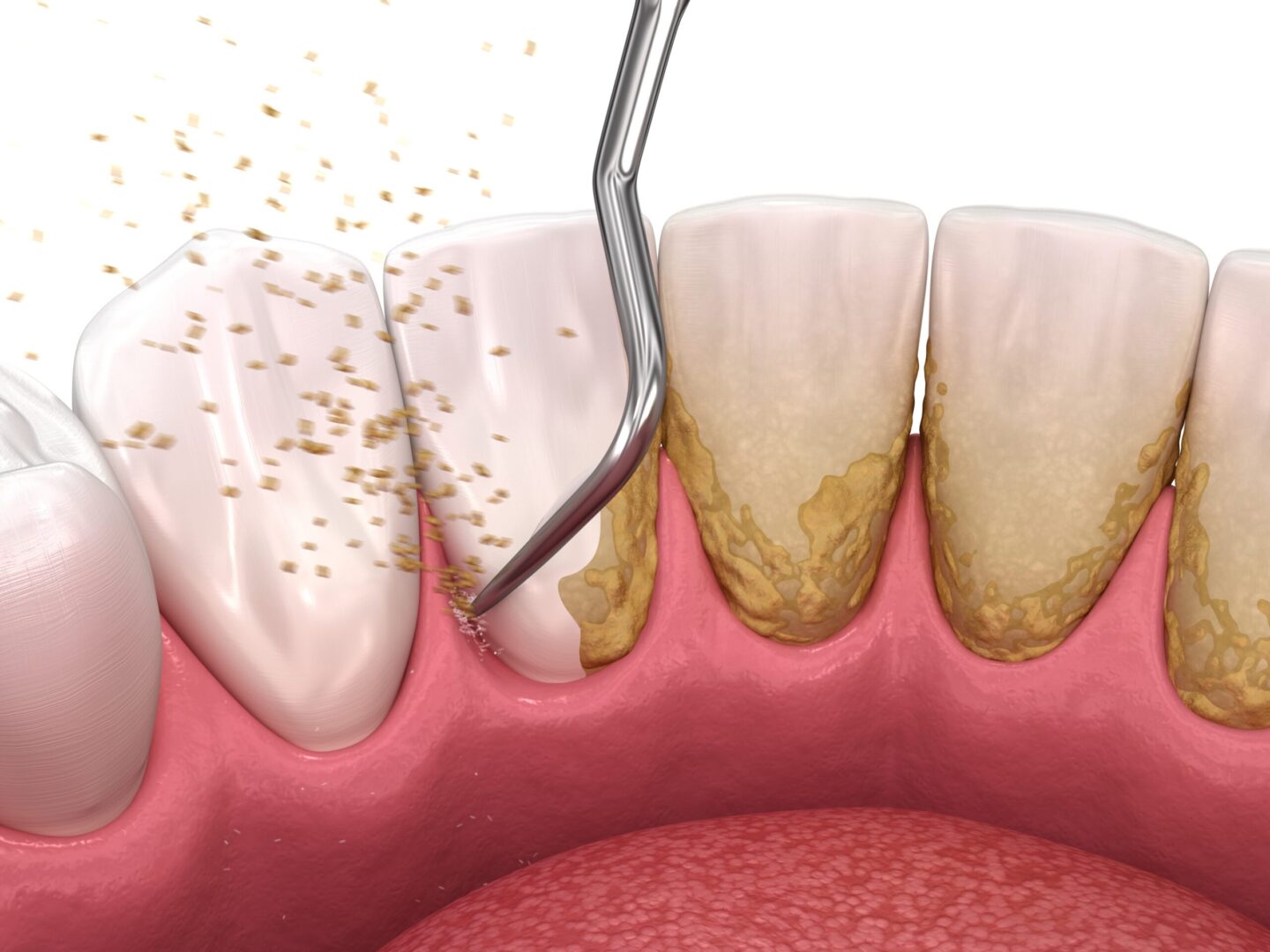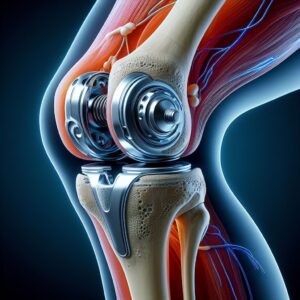Description
Familiarity with Treatment
A cantilever dental bridge is a type of dental restoration used to replace a missing tooth. It is designed to be supported by a single adjacent tooth, rather than by two adjacent teeth like a traditional dental bridge. The pontic, or artificial tooth, is anchored to the healthy tooth on one side of the gap.
Procedure
The procedure for getting a cantilever dental bridge typically involves the following steps:
- Evaluation: The dentist will evaluate the oral health and suitability for a cantilever bridge. X-rays and impressions may be taken to assess the condition of the adjacent tooth and the gap.
- Tooth Preparation: The adjacent tooth that will support the bridge is prepared by removing a small amount of enamel to make room for the dental crown that will hold the pontic in place.
- Impressions: Impressions of the prepared tooth and the surrounding area are taken to create a custom-made bridge that fits precisely.
- Temporary Bridge: A temporary bridge may be placed to protect the prepared tooth while the permanent bridge is being fabricated.
- Fitting: Once the permanent bridge is ready, it is checked for fit, shape, and color. Adjustments may be made as necessary.
- Placement: The cantilever bridge is permanently cemented onto the prepared tooth, with the pontic filling the gap left by the missing tooth.
Who is it Suitable For?
A cantilever dental bridge is suitable for individuals who have a missing tooth and have a healthy adjacent tooth on one side of the gap. It is often used when there is no suitable healthy tooth on the other side to support a traditional bridge. Cantilever bridges can be particularly useful for replacing missing front teeth or teeth in areas with less chewing force.
Who is it Not Suitable For?
A cantilever dental bridge may not be suitable for individuals with certain dental conditions, such as severely compromised adjacent teeth or inadequate bone support. Additionally, individuals with poor oral hygiene or a history of dental decay or gum disease may not be ideal candidates for a dental bridge.
Advantages
- Improved Appearance: Cantilever bridges can fill the gap left by a missing tooth, restoring the appearance of a complete smile.
- Preservation of Tooth Structure: Compared to traditional bridges, cantilever bridges involve the preparation of fewer teeth, which means that more natural tooth structure can be preserved.
- Cost-Effective: Cantilever bridges can be a more cost-effective option compared to other types of bridges or dental implants, as they require fewer components and dental visits.
Complications
- Potential Damage to Supporting Tooth: The preparation of the supporting tooth for the dental crown may lead to complications such as nerve damage or tooth fracture, although these complications are rare.
- Gum Irritation: In some cases, the presence of a cantilever bridge may cause mild gum irritation or inflammation, which can usually be managed with good oral hygiene practices.
Preoperative Care
Preoperative care for a cantilever dental bridge may involve discussions with the dentist about the procedure, expectations, and any necessary preparations. A thorough dental examination, including X-rays, may be performed to assess the health of the supporting tooth and surrounding structures.
Postoperative Care
Following the placement of a cantilever dental bridge, individuals should adhere to good oral hygiene practices, including regular brushing, flossing, and dental check-ups. It is important to maintain proper oral hygiene around the bridge to prevent complications such as tooth decay or gum disease.



Reviews
There are no reviews yet.